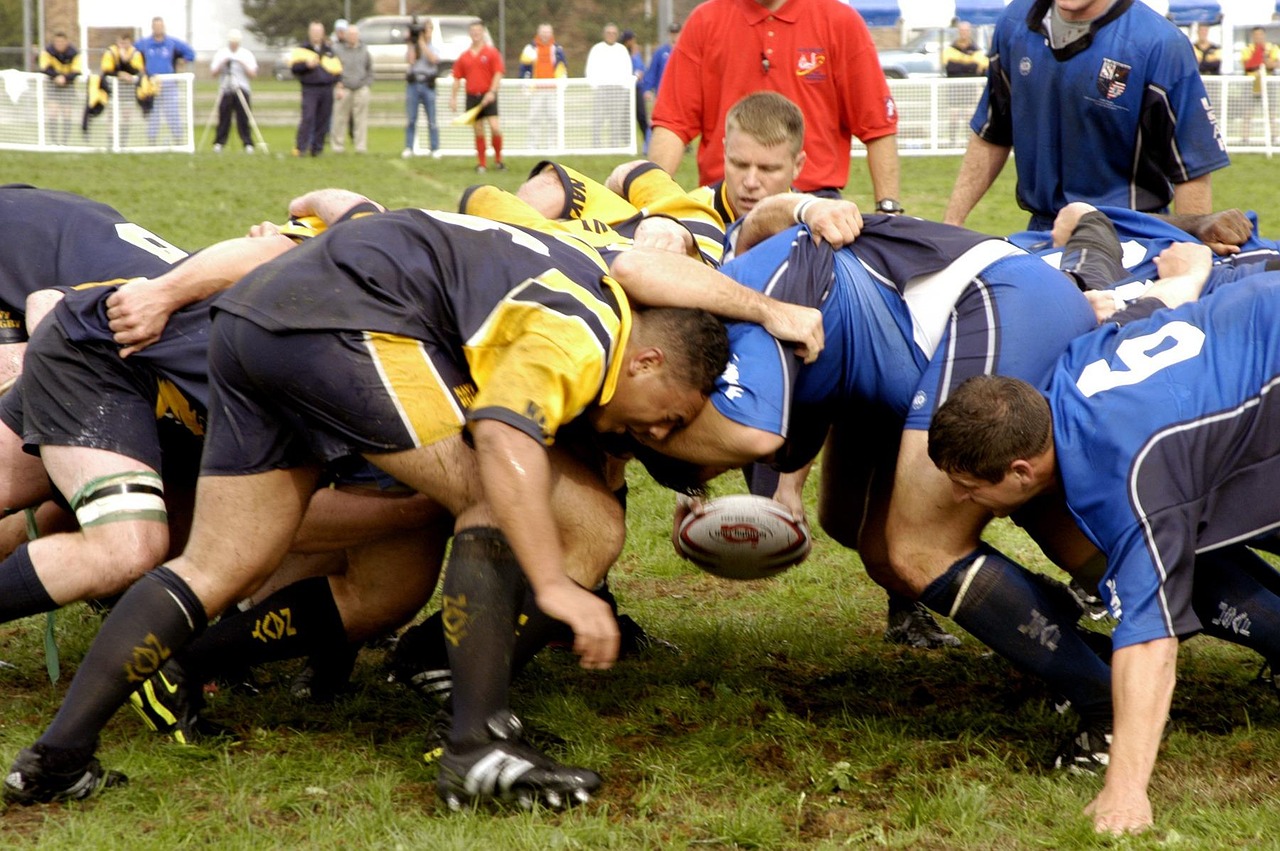Ever heard of rugby but never quite figured out what it’s all about? Maybe you thought it was just like American football? Or perhaps it looked a bit too rough? Relax, you’re not alone! Rugby is an incredibly exciting sport, packed with strategy, power, and, most importantly, **respect**. But for many, especially here in Brazil, it’s still a bit of a mystery.
Beyond the collisions and fast runs, there’s a game that truly values **teamwork, pushing your limits, and discipline**. Once you get a handle on its rules and core spirit, it’s easy to get hooked on this vibrant, emotion-packed sport.
—
1. So, What Exactly IS Rugby?
Rugby is a team sport that started in England, played with an **oval-shaped ball** on a rectangular field. Two teams compete to score the most points by getting the ball to their opponent’s try line, or by kicking it between the goalposts.
What really sets rugby apart is its unique blend of **intense physical contact** and a deep sense of sportsmanship. The game demands strength, endurance, tactical smarts, and, above all, respect for your opponent and the referee.
—
2. Quick Guide to the Basic Rules
Rugby might seem confusing at first glance, but its rules are actually quite clear once you pay a little attention:
- A game is split into **two halves, each 40 minutes long**.
- You can **only pass the ball backward or sideways**. Never forward!
- You can carry the ball, pass it, or kick it.
- The main goal is a **”try”**: this is when you touch the ball down in your opponent’s scoring area. It’s worth **5 points**.
- After a try, the team gets to try a **”conversion kick”** for **2 extra points**.
- You can also score points with **penalties** (kicks awarded for certain fouls) and **drop goals** (kicks taken during open play).
—
3. Who’s Who on the Field? (Player Positions)
Each team has 15 players (in Rugby Union, the most common version), and every position has a specific job:
- Forwards (numbers 1 to 8): These are usually the bigger, stronger players, responsible for the physical contests like scrums.
- Backs (numbers 9 to 15): These players are generally faster and more agile, handling passes, runs, and strategic plays.
Some well-known positions include the “scrum-half” (No. 9), who organizes the game, and the “fly-half” (No. 10), who is essentially the team’s tactical brain.
—
4. Understanding Key Plays
Some plays are iconic in rugby and really help you understand how the game works:
- Scrum: A way to restart play where the forwards from both teams pack down and push against each other for possession of the ball.
- Lineout: When the ball goes out of bounds, players from both teams form lines, and one player is lifted to catch a thrown-in ball.
- Tackle: When a player takes down an opponent who has the ball.
- Ruck: After a tackle, players from both teams compete for the ball on the ground by driving over it.
- Maul: Similar to a ruck, but players stay on their feet, with the ball carrier protected by teammates and challenged by opponents.
—
5. Rugby vs. American Football: What’s the Diff?
Lots of people mix up rugby with American football, but they’re actually quite different sports:
- Rugby players wear **much less padding** – no hard helmets or shoulder pads.
- In rugby, you can **only pass the ball backward**. In American football, you can throw it forward.
- Rugby games are generally **more fluid**, with fewer stoppages.
- **Respect and discipline** are highly visible pillars in how rugby players behave on the field.
- The scoring rules and player formations are also distinct.
—
6. Benefits of Playing Rugby
Rugby is a fantastic all-around sport that offers tons of physical and emotional benefits:
- It improves **cardiovascular endurance** and **muscle strength**.
- It builds **teamwork, discipline, and respect** for others.
- It boosts **quick thinking** and decision-making under pressure.
- It promotes **inclusion**, as there’s a place for all body types and skill sets.
- It strengthens **self-confidence** and emotional control.
—
7. Rugby in Brazil and Around the World
While rugby is super popular in countries like England, New Zealand, South Africa, and France, it’s been growing quite a bit in Brazil, especially since its inclusion in the Olympic Games.
Teams like the “Tupis” (men’s) and the “Yaras” (women’s) represent Brazil in international competitions and are helping to boost the sport nationally.
—
Wrapping It Up
Rugby is so much more than just a game of brute force. It’s a sport that beautifully combines technique, respect, cooperation, and strategy. Once you understand its rules and values, it’s truly hard not to be captivated.
Whether you’re watching from the sidelines or stepping onto the pitch yourself, rugby offers an intense, enriching experience filled with collective spirit. So, why not give this amazing sport a chance? Because in rugby, every step is a win, and every fall is an opportunity to get back up even stronger! 🏉

